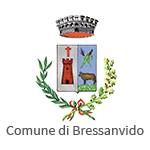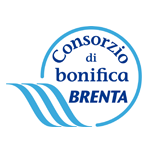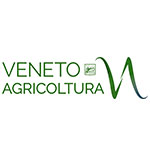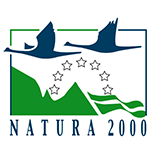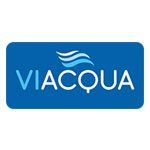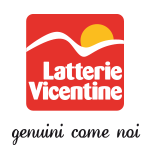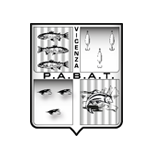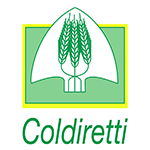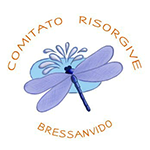Where will the project be developed and why?
The area where the project will be implemented (District of Bressanvido – Vicenza) is on the Po-Veneto Plain, in the transition belt between the upper and lower plains. This belt is defined by some authors as “middle valley” and is the area of the “resurgence belt” where the phreatic aquifer surfaces spontaneously.
Above the resurgence belt, in the Pedemontana (foothills) area, the soil profile typically features large amounts of coarse alluvial deposits (gravel and sand) and unconfined layers (absence of impermeable layers), deposited by rivers as they flowed out of their Pre-Alpine valleys. At the base of the Pedemontana belt the land becomes less steep and areas of finer sediment material (lime, clay) and peat begin to appear, which make up the layers of poor permeability which sandwich the artesian type of aquifers.
Where the upper plain and the first layers with poor permeability meet, phreatic water rises spontaneously, creating marshy areas that were once covered by swamp and flooded forests.
The reclamation of this area has been carried out by its inhabitants since 1,000 AD and springheads and resurgence water courses are a result of human intervention.
From a purely hydraulic point of view the resurgence belt, that varies from 2 to 10 kilometres width in this zone and is between 64 and 30 meters on sea level, is made up from the “over fill” of the large unconfined aquifer in the Vicenza area.
The points of water resurgence are often aligned, as the waters of the aquifer tend to flow along the lines of ancient riverbeds now underground. The principle feature of resurgence water is its constant temperature, 12°-13°C, which is affected by the seasonal variations with a delay of 2–4 months, being the coldest in April and the warmest in October, which in turn creates distinct, stable micro-climates where rich natural ecosystems have been established.
The formation of a resurgence is a natural phenomenon that has been altered by humans, they do not occur frequently in nature as it takes a series of unusual events to establish one. On the Apennines side of the Po Plain resurgences are, in fact, somewhat rare and of moderate flow, due to the scarcity of the larger gravel deposits (the glaciers were comparatively small) which greatly limits the replenishment of the aquifer. On the Alpine side, however, the resurgence belt can have a breadth up to 50 kilometres; it extends almost continuously from Piedmont to Friuli remaining parallel to the foothills and is only interrupted by the Berici and Euganean Hills. The Bressanvido District is a particularly good example of a resurgence area, as in this territory they are a typical feature of the landscape. The recent count done by the local Resurgence Committee (June -July 2014) identified more than 40 springheads with their unique flow rates, diversity of vegetation, management of the banks, etc.
The resurgences within the Bressanvido District don’t give rise to “great” resurgence rivers, in contrast to those in the neighbouring area where the Bacchiglione and Sile (respectively the principle rivers of Vicenza and Treviso) have their sources. These resurgences, instead, create a tight lattice of small water courses that join together further down the valley into rivers with larger flows. This rural landscape is typified by the trees along the banks of this lattice of waterways, which in some areas naturally form the “closed fields” that are a particular feature of this area.
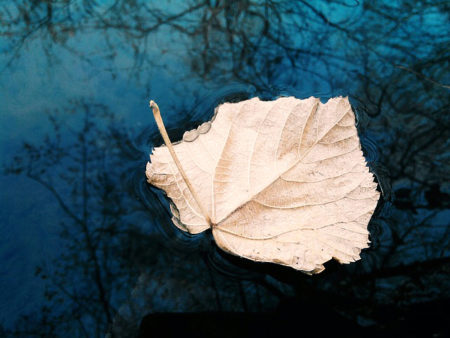

The resurgence water has two other qualities that make it “unique” within the landscape of lotic waters on the plain environment: they are particularly pure and cool.
Furthermore, the resurgence water has two other qualities that make it “unique” within the landscape of lotic waters on the plain environment: they are particularly pure and cool. The first characteristic is due to the fact that the waters re-emerge after filtering through kilometres of sand and gravel from the upper plain; the second from the fact that they bring with them the average underground temperature which is lower than the average air temperature, especially during the hot season.
These qualities of resurgence water are of enormous ecological importance because they create, at the springhead and in the first kilometres of water, distinct biocenosis which in turn creates unusual ecosystems that have their own classification. Today the resurgences represent a formidable source of biodiversity yet are placed in a specialist agricultural context (dairy farming), a practice which tends to limit biological complexity by favouring the cultivated species at the cost of the wild ones. Thanks to their linear layout they create a green infrastructure, starting at the head of the resurgence and developing along the central axes of the watercourses, across which ecosystem services are distributed.
